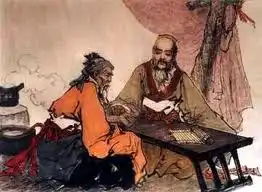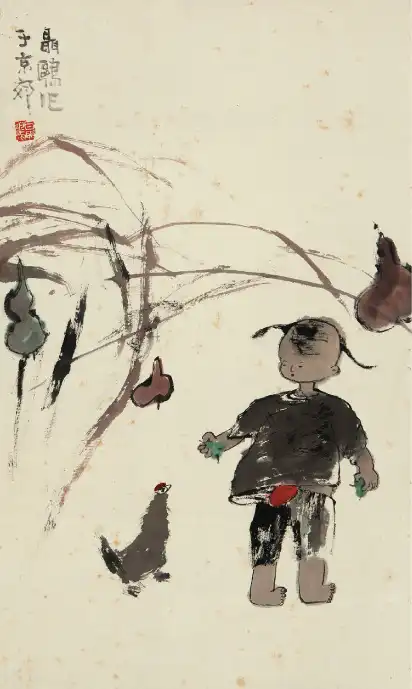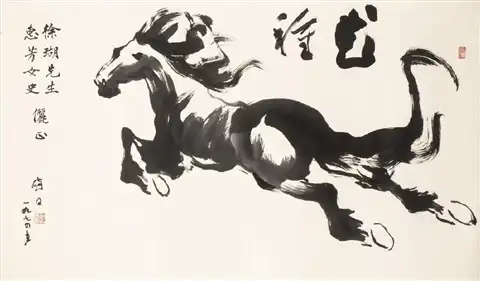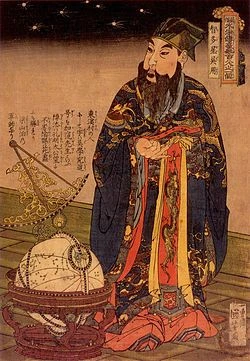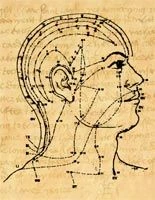Introduction to the disharmony
Major symptoms:
- tremors of the limbs (Parkinson’s disease)
- convulsions,
- rigidity and arching of the back and neck (opisthotonos)
- deviation of the eye and mouth
- paralysis of the body or tongue (hemiplegia, aphasia)
- high temperature
- severe dizziness,
- sudden unconsciousness
- coma
In traditional Chinese medicine the condition that manifests with tremors is called "internal wind". There are two disharmonies related to “wind”. One is provoked by the external climatic factor wind and therefore is considered an “exterior” condition. It has two stages - “wind-cold” and “wind-heat”, and manifests with common cold/flu-like symptoms (you can learn about it in detail in the material Herbs For Wind Cold and Herbs for Wind Heat in the Materia Medica chapter).
The second “wind” condition is organ related thus is referred to as “internal”. The most common cause for “internal wind” is Kidney and Liver Yin deficiency. To understand what this means we need to quickly review how the concept of Yin and Yang is implemented in traditional Chinese medicine.
Yang in nature represents activity thus logically represents function in human physiology. Yin in nature represents rest, quiet, slowness thus represents structure, substance and matter in the human body. Thus Yin represents the material aspect of the human body such as blood and body fluids, while Yang is the force that makes it come to live.
There is good health when Yin and Yang are in balance. When Yang is deficient Yin instantly becomes excessive. Yang deficiency manifests in coldness, lethargy, overflow. When there is Yin deficiency the warming principle of the body (Yang) becomes excessive which in time will lead to accumulation of heat. Thus Yin deficiency leads to heat accumulation.
The root cause for Liver Yin deficiency is the Kidney. The Kidney is the root source of Yin and Yang. Deficient Kidney Yin cannot nourish the Liver (the Water element cannot supplement the Wood) leading to deficient Liver Yin. Deficient Liver Yin leads to accumulation of heat in the Liver.

If the heat remains untreated it will become so intense and moving that it will transform into “wind”. The symptoms of "internal wind" are manifested either by intense movement in the form of tremors and convulsions or by lack of any movement - rigidity and paralysis. Symptoms of "Liver Wind" are tremor of the limbs (Parkinson’s disease), convulsions, rigidity and arching of the back and neck (opisthotonos), deviation of the eye and mouth, paralysis of the body or tongue (hemiplegia, aphasia), high temperature, severe dizziness, sudden unconsciousness, coma (1)
Chronic blood deficiency may also lead to the accumulation of “internal wind” as blood is part of Yin. In such cases symptoms would include paleness (the major symptom of blood deficiency), numbness, blurred vision, dizziness.
High fever (intense heat) can also develop into “internal wind”.
Most of the herbs that extinguish “internal wind” and stop tremors are animal substances. It is thought that shellfish and mollusk anchor the Yang (the heat) while worms "gather in the wind". (2) Most of the herbs in this class are also cold. This is for the purpose to neutralize the excess heat that generates internal wind.
Major Chinese Herbs
Ling Yang Jiao ( Saiga tatarica L.) is antelope horn. It calms the Liver and anchors the Yang, drains intense heat (fire), extinguishes wind, and subdues spasms and convulsions. Commonly used for childhood convulsions.
Di Long (Pheretima aspergillum) is earthworm. This salty, cold substance besides entering the Liver and stopping tremors and convulsions also enters the Lung and clears Lung heat. (2) Thus it can be used as an aid to stop smoking, as long term smokers develop Lung Heat (the cigarettes have hot nature), which is big part of the dependence. It also promotes movement of swollen and painful joints as well as promotes urination in the cases of painful urinary dysfunction. It has been recently used for schizophrenia and hypertension (2)

Quan Xie (Buthus martensi) is scorpion. It strongly extinguishes wind and is used for “internal wind” symptoms such as chronic childhood convulsions, twitches, seizures.
Wu Gong (Scolependra subspinipes mutilans L.) - centipede. It addresses “internal wind” symptoms, manifesting in intense, uncontrollable movement such as spasms and convulsions (used for acute and chronic childhood convulsions) or symptoms manifesting in lack of movement, such as lockjaw, and backward arching of the head, neck, and spine. It also benefits persistent headaches, such as migraines. Antidote for poisonous snake bites.
Jiang Can (Bombix mori L.) - silkworm - just like the centipede is used for both intense movement (spasms and convulsions) and lack of movement (facial paralysis) due to “internal wind”. It also expels wind from the skin and relieves itching and wind rash.
Shi Jue Ming (Haliotis diversicolor) is abalone shell. It subdues Liver fire and clears the eyes (the Liver opens up to the eyes). Used for superficial visual obstruction, red eyes, blurred vision.
Plant herbs that calm the Liver and extinguish wind are Gou Teng (Uncaria rhynchophylla) – also used for “external” wind patterns; Tian Ma (Gastrodia elata) – an important herb with neutral temperature that can be used to treat “internal wind” due to heat or cold patterns and depending on the other herbs in the formula can be used for “internal wind” due to both heat or blood deficiency; Bai Ji Li (Tribulus terrestris L.) - an herb that calms/cools the Liver and moves Liver Qi. (2)
Healing foods
To treat "Liver heat" (and that includes "Liver fire" and "Liver wind") both the symptom and the cause of the disease must be addressed. To do that the heat in the Liver needs to be cooled down while Yin is build in order to restrain the excess heat energy. Selecting cooling and “matter building” foods and herbs is the way to approach that pathology.
To unlock the rest of this article select "Yes, I want to learn!" below.
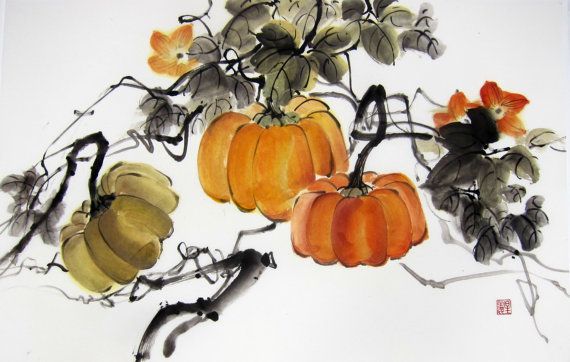
Food therapy is the most economical and non-toxic biochemical approach to health and disease. Food is something we continuously use to sustain our lives. Learning what foods are healing (and what disruptive) for each condition has the potential to convert every meal into a form of therapy.
YS
(1) Maciocia, Giovanni (1989). The Foundations of Chinese Medicine. Nanjing: Harcourt Publishers Limited
(2) Benski, Dan & Gamble, Andrew (1993). Materia Medica, Revised Edition. Seatle: Eastland Press, Incorporated
(3) Pitchford, Paul (2002). Healing with Whole Foods. Berkeley: North Atlantic Books
(4) Holmes, Peter (1998). The Energetics of Western Herbs. Boulder: Snow Lotus Press, Inc.
Related Articles:
The Kidney in Chinese Medicine
Note: This site and its services are to consumer educational use only. Nothing contained in this site is or should be considered, or used as a substitute for medical advice, diagnosis or treatment. We advise users to always seek the advice of a physician or other qualified professional with any questions regarding personal health and medical condition. Please read our Disclaimer

